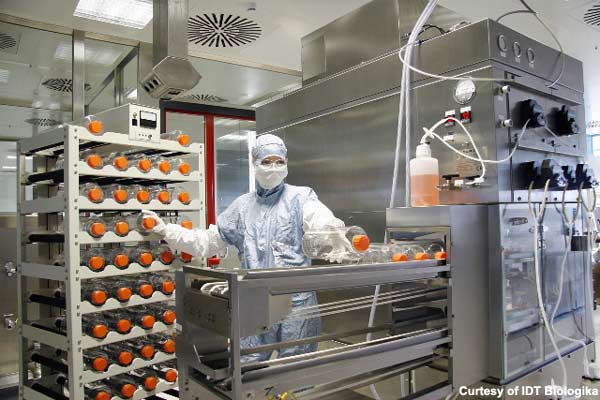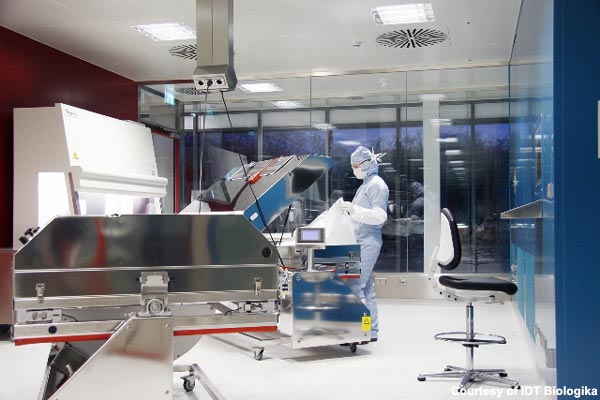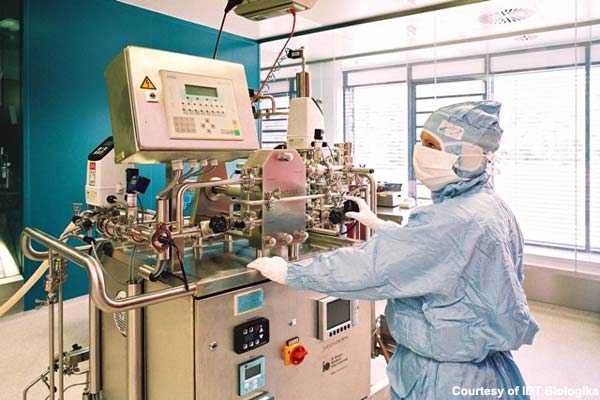

In projects incorporating culturing live cells or tissues it is essential to make judgements about the state and/or quality of the cell culture at certain time-points, and based on the judgment vital decisions are made (in pharmacology, vaccine production: decisions are made concerning when is the optimal time to infect a cell culture with virus and when is the maximal viral effect on the tissues, in order to maximise the harvest ).
Live cells are usually cultured in incubators or bioreactors in optimal environment, incorporating the precise control of temperature, humidity, CO2 and/or O2 tension within the culturing space.
In order to have an estimate about the status of the culture, one needs to remove the cells from the culturing space, causing significant disturbance to the culture and also to the culturing procedure. For this reason professionals only perform this type of visual control occasionally, e.g. once a day. Even a daily removal affect negatively the cells, disrupts cell culture, threaten sterility. On the other hand a single, “snapshot” observation does not provide adequate information to judge properly a dynamic, continuously changing, complex biological system, especially if the professionals expect an interaction of two or more biological systems, e.g. in vaccine production, where a virus effect is expected on a cell culture.


Industries that use such procedures need live cell imaging – time lapse technology that provides information continuously about the continuous changes happening with the cultured cells inside of the incubator for several reasons:
1. For proper decision support. – if there is continuous monitoring, the right time can be picked for an essential intervention, moreover, abnormal culture or development can be spotted.
2. For the proper documentation of the in vitro procedures. – if there is continuous monitoring, the production can be described precisely, digitally saving the „movie” of the complete dynamic procedure of the development of the cells/tissues .
3. For the option to interfere into the incubation if any unexpected event happens (e.g. infection, negative changes in the culture –unexpected temperature changes, not proper culture media…) – if there is continuous monitoring, losses can be prevented or reduced.
This technology became available for the routine in the mammalian embryology / human infertility treatment in the last 8 years, dramatically changing the lab procedures. The technology exists for research purposes and also there are solutions for high content screening. However procedures incorporating dynamic cell cultures, like roller bottles, lack this solution. In vaccine production for example for veterinary use, dynamic culture of cells in roller bottles is the state of the art method, serving hundreds of millions of farm animals from poultry to dairy cattle to prevent economically and epidemiologically important diseases.

LAn equipment that can monitor cells in a dynamic cell culture and assess virus effect would significantly enhance the efficacy of vaccine production, moreover would provide the proper tool for Quality Control and Quality Assurance.